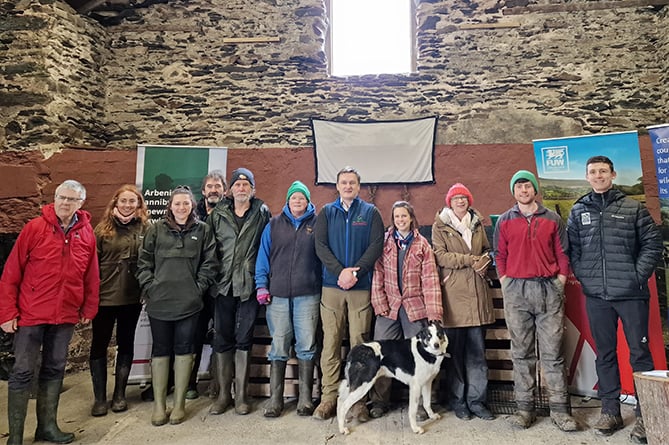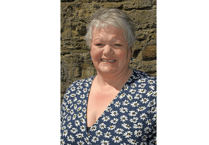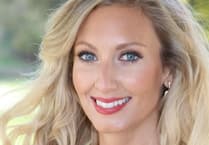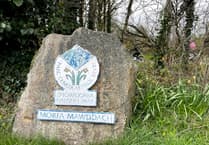Farmers in Wales are being encouraged to help local bird populations thrive.
Ned Feesey and Teleri Fielden hosted an on-farm information session earlier this month, in conjunction with the Game and Wildlife Conservation Trust Wales and the Farmers’ Union of Wales to give advice on what farmers can do to help the bird population on their farms thrive.
Welcoming members of the FUW to their National Trust farm, Hafod y Llyn Isaf near Beddgelert, the couple led a farm tour of the 110 acres holding which is also home to 100 sheep and 25 cattle alongside a variety of farmland birds.
The land there is mostly rush pasture and species rich floodplain meadows, as it is only three metres above sea level.
Formerly part of the estuary, before the cob was built in Porthmadog, the soil is sandy and presents the young farming couple with some challenges.

The farming system is important to Ned and Teleri, with the focus being on conservation whilst producing sustainable, nutritious food.
Conservation and looking after the land play a crucial role here at Hafod y Llyn Isaf, however, Teleri and Ned are also keen to ensure that food production doesn’t fall by the wayside.
Thinking about how they can improve the farm and land, whilst producing nutritious sustainable food is what keeps Ned and Teleri on their toes – they are determined to improve the land for the future.
“Our farmland birds are a great indicator of how well we are doing with our conservation efforts,” said Ned.
“We have a wide variety of bird species here but we wanted to know what else we can do and what we can do better to help those birds flourish and thrive here.”
Teleri added: “Working with the GWCT Wales, we are looking at improving the availability of winter seeds to help get birds through the current ‘hungry gap’.
“Here we are doing it through deferring grazing for our livestock, outwintering our cattle to provide hay seeds and the provision of muck filled with bugs, improving our wetland meadows to provide wader-habitat and cover, as well as improving connectivity between woodlands through hedgerows and field-boundary trees.
“Farming and looking after the environment can go hand in hand here and I’m pleased to see that we have got an already varied bird population here on the farm.
“I encourage farmers across Wales to take part in the Big Farmland Bird Count to see how they too can help our farmland birds get through those difficult months.”




Comments
This article has no comments yet. Be the first to leave a comment.